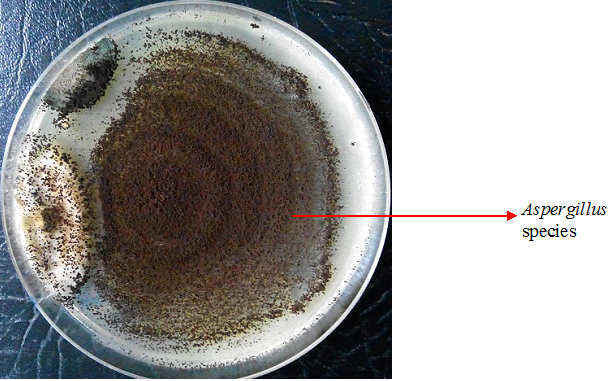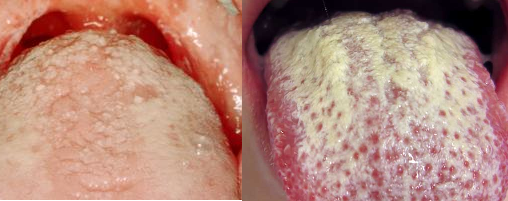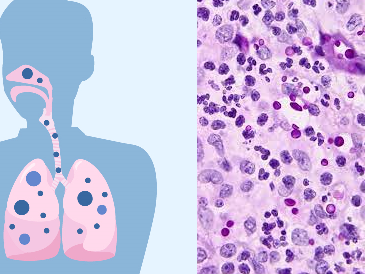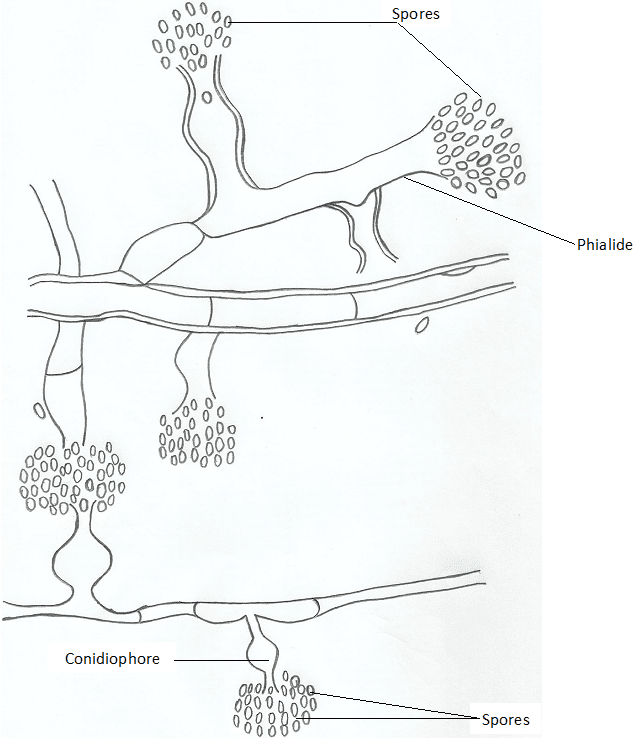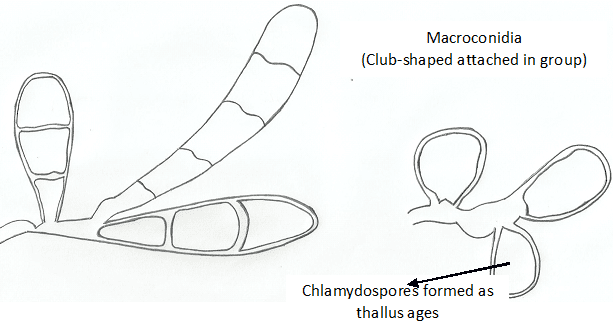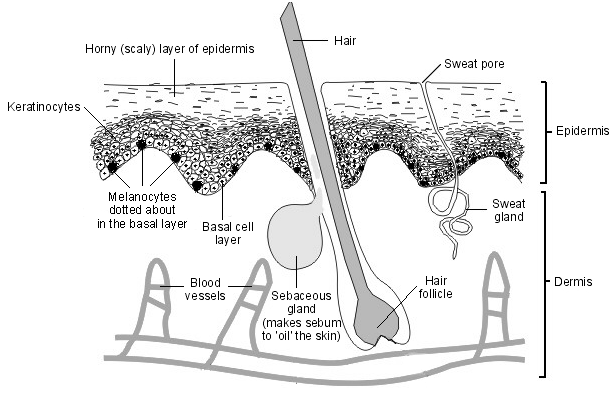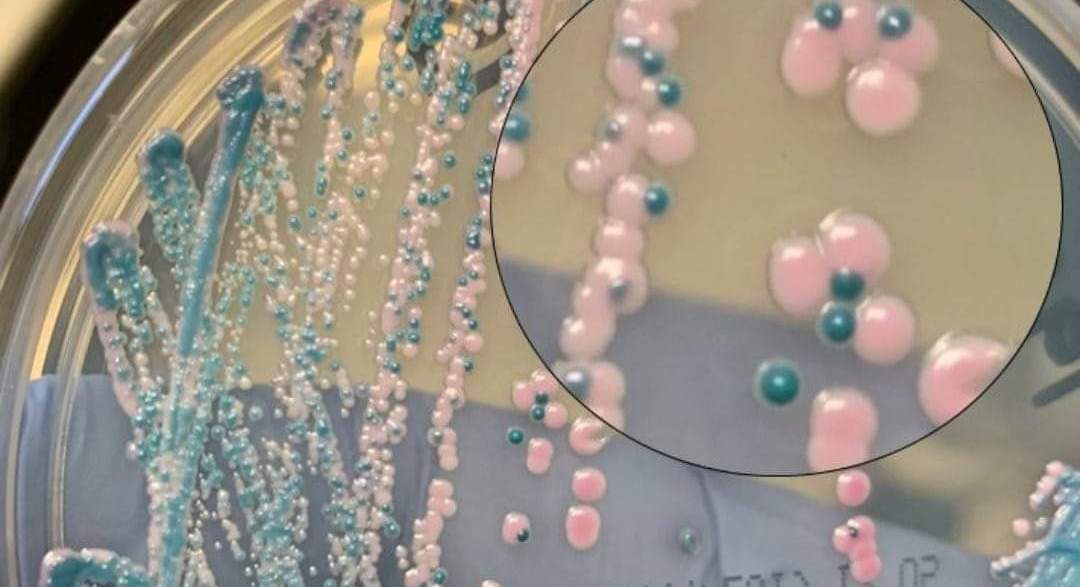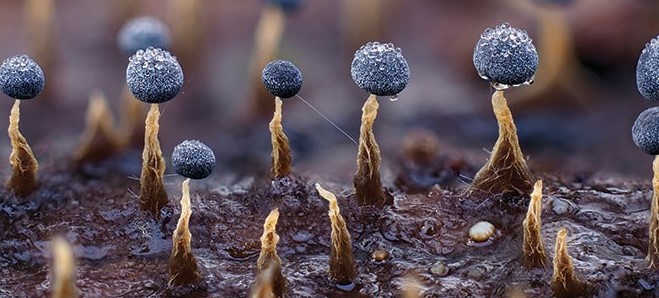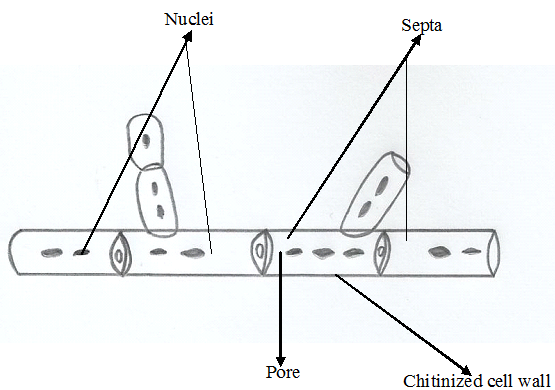Opportunistic mycoses are fungal infections caused by opportunistic fungi that only affect people with weakened […]
Category: Mycology
SPECIFIC FUNCTIONS OF LICHEN ACIDS (SECONDARY METABOLITES)
Lichens produce two types of metabolites: primary metabolites (e.g. carbohydrates and amino acids) and secondary […]
LICHEN METABOLISM
All microorganisms carry out two modes of metabolism during their lifetime, and these are mainly […]
LICHENS AND THEIR BIOLOGICAL SIGNIFICANCE
Lichen is simply a symbiotic association of slow-growing microorganisms that is composed mainly of a […]
TREATMENT & PREVENTION OF FUNGAL INFECTIONS
Fungal infection is treated using antifungal drugs. Some of the drugs used for the treatment […]
MYCOTOXINS
Mycotoxins are exotoxins produced by fungi. The area of microbiology that studies fungi and the […]
ORAL THRUSH (ORAL CANDIDIASIS)
Oral thrush (oral candidiasis) is a localized fungal infection caused by C. albicans in the […]
SYSTEMIC MYCOSES
Systemic mycoses are fungal infections that affect deep tissues and organs of the body; and […]
SUBCUTANEOUS MYCOSES
Subcutaneous mycoses are fungal infections that affect the subcutaneous tissues below the skin, and the […]
CUTANEOUS MYCOSES
Cutaneous mycoses are fungal infections of the skin, nails and hairs; and they are mainly […]
SUPERFICIAL MYCOSES
Superficial mycoses are fungal infections which are only limited to the keratinized outer layer of […]
MYCOSES – fungal infections
Mycoses are infections caused by pathogenic fungi. And they include superficial mycoses, cutaneous mycoses, subcutaneous […]
STRUCTURES OF FUNGI
The spores (conidia) are produced in dry chains from the tips of the phialides, with […]
Candida glabrata
Biology of Candida glabrata Candida glabrata is a fungus species of haploid yeast of the […]
FUNGAL REPRODUCTION
Fungal reproduction is unique and distinct from those of other microbial cells such as bacteria. […]
SLIME MOULDS
Slime moulds are eukaryotic organisms that have fungus-like features as well as some animal- or […]
FUNGAL TAXONOMY (DIVISION)
Fungal classification or taxonomy is usually based on the sexual spores produced by the organisms. […]
FUNGAL MORPHOLOGY
Fungi unlike other groups of microorganisms possess or have unique structures which distinguish them from […]
General Significance and Importance of Fungi
Fungi represent a vast and diverse kingdom of eukaryotic organisms that play indispensable roles in […]
MEDICAL MYCOLOGY – overview of fungal infections
The study of pathogenic fungi (i.e. fungal organisms that are of medical importance) is known […]
Introduction to Mycology
What is mycology? Mycology is simply defined as the study of fungi. Fungi (singular: fungus) […]







